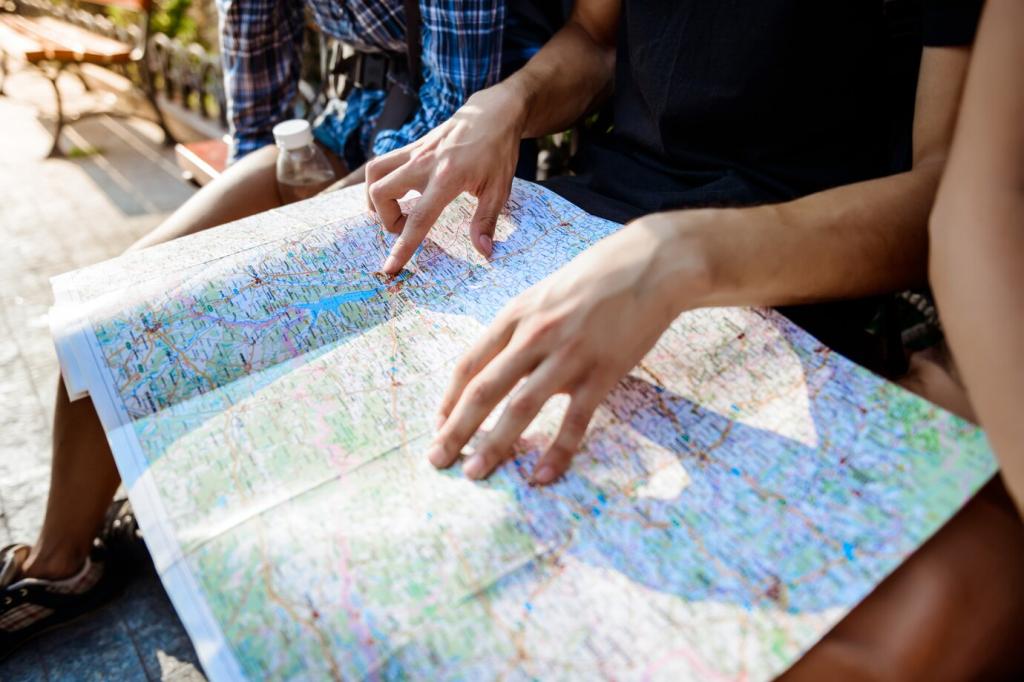Why Short Trips Make History Feel Close
Local history thrives in ordinary places: a hand-painted sign, a brick pattern, a repurposed factory. Short trips turn these small details into anchors for big narratives, revealing how national events left fingerprints on your neighborhood’s sidewalks and storefronts.
Why Short Trips Make History Feel Close
When the past is just a bus ride away, it becomes personal. You remember a mill not as a date, but as the cool echo in its stairwell, the smell of oil and timber, and the volunteer who whispered the foreman’s nickname.

